Looking at a solar eclipse can be dangerous without eclipse glasses. Here's what to know
Wednesday, 27 March 2024 17:19
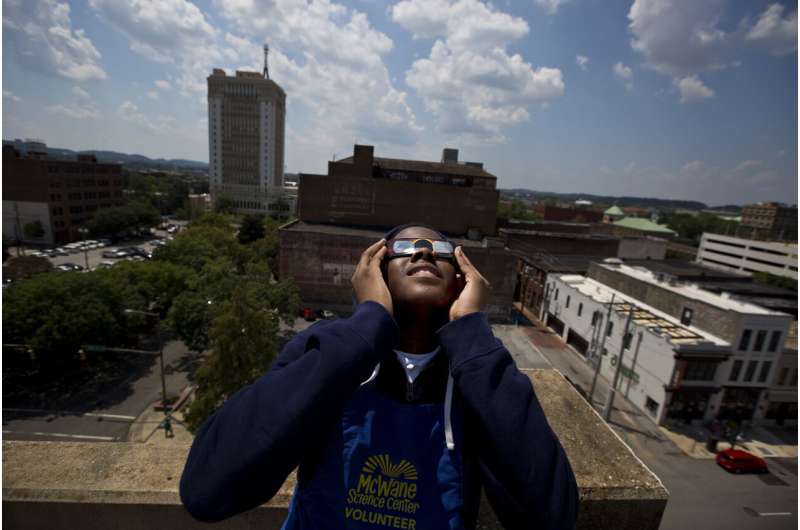
Imaging turbulence within solar transients for the first time
Wednesday, 27 March 2024 16:20
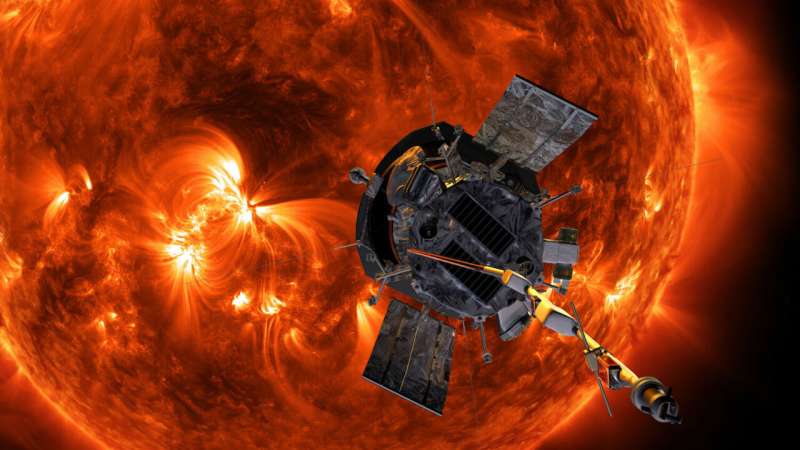
The Wide-field Imager for Parker Solar Probe (WISPR) Science Team, led by the U.S. Naval Research Laboratory (NRL), captured the development of turbulence as a Coronal Mass Ejection (CME) interacted with the ambient solar wind in the circumsolar space. This discovery is reported in the Astrophysical Journal.
Taking advantage of its unique location inside the sun's atmosphere, the NRL-built WISPR telescope on NASA's Parker Solar Probe (PSP) mission, operated by the Johns Hopkins University Applied Physics Laboratory (JHUAPL), captured in unparalleled detail the interaction between a CME and the background ambient solar wind.
To the surprise of the WISPR team, images from one of the telescopes showed what seemed like turbulent eddies, so-called Kelvin-Helmholtz instabilities (KHI). Such structures have been imaged in the terrestrial atmosphere as trains of crescent wave-like clouds and are the results of strong wind shear between the upper and lower levels of the cloud.
Information session on the outcome of ESA's 323rd Council
Wednesday, 27 March 2024 16:00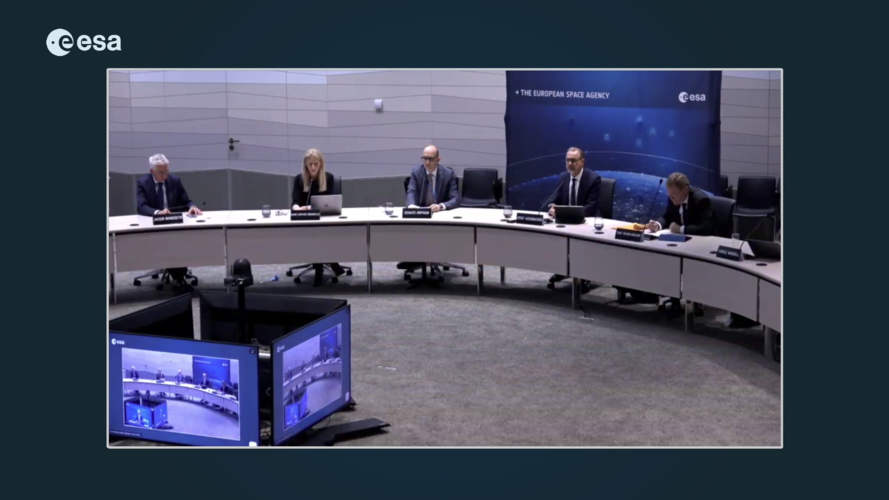 Video:
00:38:30
Video:
00:38:30
ESA Member States met in Paris, France, for the 323rd session of the ESA Council on 26 and 27 March 2024.
Watch the replay of the information session in which ESA Director General Josef Aschbacher and ESA Council Chair Renato Krpoun share the outcome of the meeting. They gave an update to media about ESA's vision for the European space sector by 2040 and the status of actions provided in the roadmap for the implementation of the Resolution on present and future European Space Transportation.
They also addressed the progress made in addressing critical challenges faced by ESA in preparation for the next Ministerial Council
Integral spots giant explosions feeding neutron star jets
Wednesday, 27 March 2024 15:00
ESA’s gamma-ray space telescope Integral has played a decisive role in capturing jets of matter being expelled into space at one-third the speed of light. The material and energy were liberated when huge explosions occurred on the surface of a neutron star. This world-first observation proved to be 'a perfect experiment' for exploring astrophysical jets of all descriptions.
What is a 'worm moon' and does it still mark the start of spring?
Wednesday, 27 March 2024 14:20
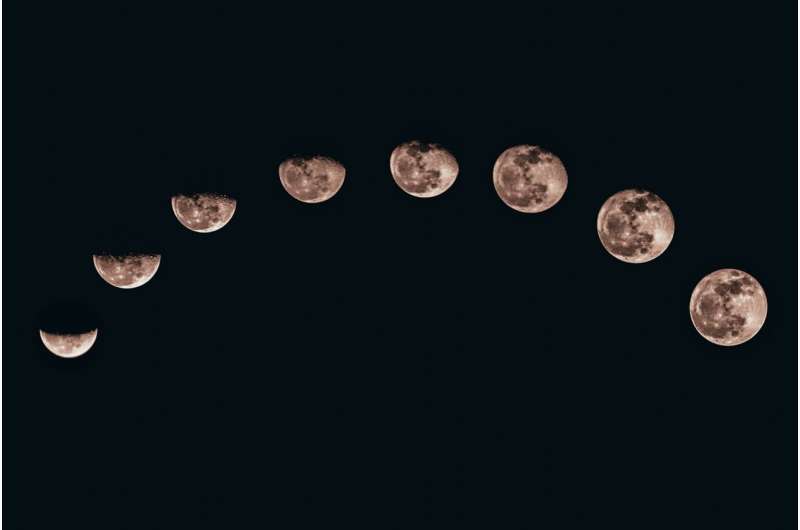
The worm moon has risen. The final full moon of winter in the northern hemisphere appeared on March 25 and owes its name to Native Americans who noted winter's end by the trails of earthworms it illuminated on the newly thawed soil.
Common names of full moons generally come from seasonal animals, colors or crops: wolf moon, pink moon, harvest moon. But the worm moon may be losing its significance, as climate change leads to wetter summers and milder winters in much of the world. I've been an earthworm scientist for more than three decades, and, of late, I'm seeing signs of worms at the surface in months when they used to be inactive.
To track how the worm moon might be changing we can look at a particular earthworm species (Lumbricus terrestris, aka the dew worm, nightcrawler or lob worm) which is unusually easy to track. Also sometimes called the common earthworm, if you see a big worm in the garden, it's likely to be this species.
Most worms spend most of their lives underground, but the dew worm almost completely leaves its deep burrow, with tail tip left in, as it ventures on to the soil surface every night to feed on dead leaves.
NASA to launch sounding rockets into moon's shadow during solar eclipse
Wednesday, 27 March 2024 14:02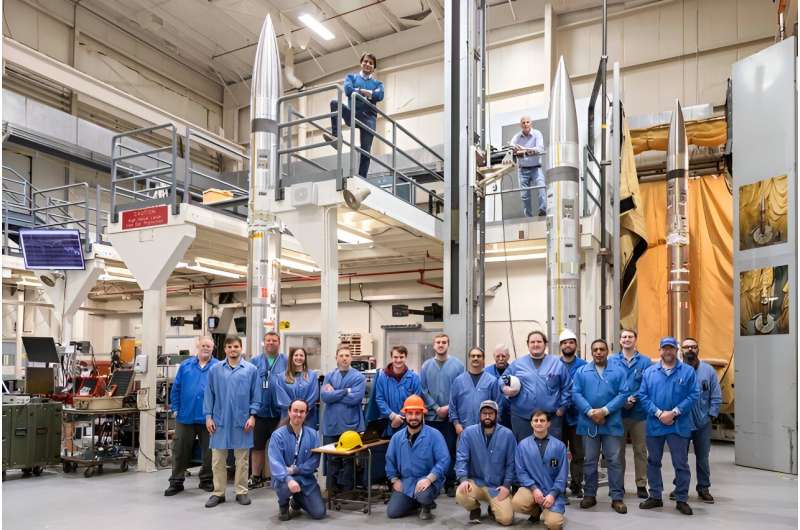
NASA will launch three sounding rockets during the total solar eclipse on April 8, 2024, to study how Earth's upper atmosphere is affected when sunlight momentarily dims over a portion of the planet.
The Atmospheric Perturbations around Eclipse Path (APEP) sounding rockets will launch from NASA's Wallops Flight Facility in Virginia to study the disturbances in the ionosphere created when the moon eclipses the sun. The sounding rockets had been previously launched and successfully recovered from White Sands Test Facility in New Mexico, during the October 2023 annular solar eclipse.
SOHO reaches 5000 comets
Wednesday, 27 March 2024 13:00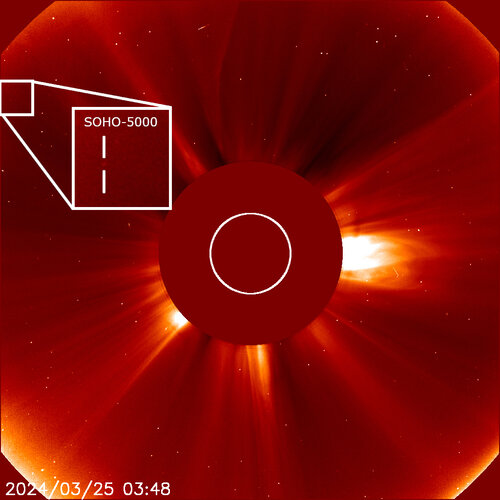 Image:
Image:
A citizen scientist digging through data from the ESA/NASA Solar and Heliospheric Observatory has found the mission’s 5000th comet.
The tiny comet – indicated between the vertical lines in the inset – belongs to the ‘Marsden group’, named after the British astronomer Brian Marsden, who first recognised the group based on SOHO observations. Marsden group comets are thought to be pieces shed by the much bigger Comet 96P/Machholz, which SOHO observes as it passes close to the Sun every 5.3 years.
This 5000th comet was discovered by Hanjie Tan, an astronomy PhD student in Prague, Czechia. Hanjie has been comet hunting
New podcast explores breakthrough ESA technology
Wednesday, 27 March 2024 12:28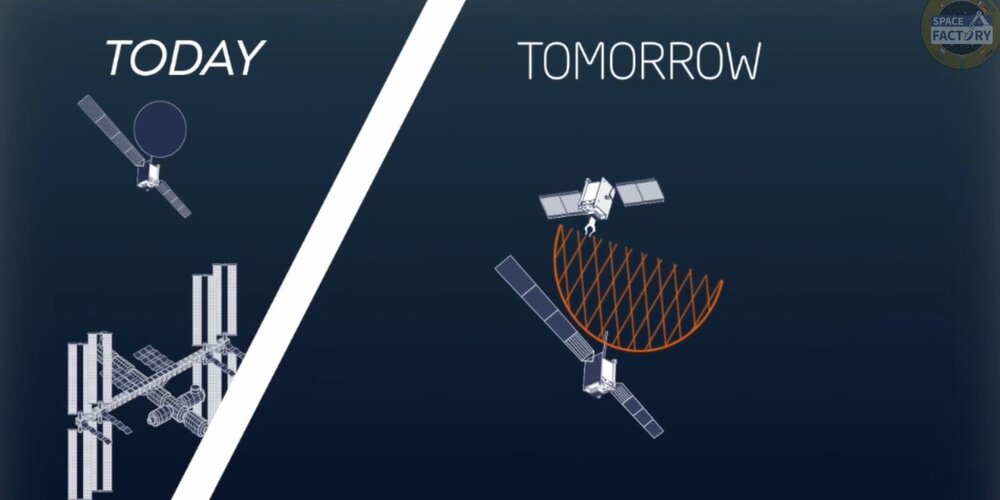
In the first episode, published today Eike Kircher, Head of the ESA Technology Programmes Office, and Gianfranco Visentin, Head of Automation and Robotics, delve into the ambitious Star Tiger program, a project that's set to redefine space exploration and construction. Join us as we explore the insights from a panel of experts who are at the forefront of this technological marvel.
Radar journey to centre of Hera’s asteroid with Juventas CubeSat
Wednesday, 27 March 2024 11:47
A small, shoebox-sized spacecraft delivered to ESA’s Hera mission this week promises to make a giant leap forward in planetary science. Once deployed from the Hera spacecraft at the Didymos binary asteroid system, the Juventas CubeSat perform the first radar probe within an asteroid, peering deep into the heart of the Great-Pyramid-sized Dimorphos moonlet.
NASA optimistic about resolving Voyager 1 computer problem
Wednesday, 27 March 2024 10:20

On-orbit servicing mission planned for military satellite in 2025
Wednesday, 27 March 2024 10:00

Mars Express celebrates 25 000 orbits
Wednesday, 27 March 2024 09:00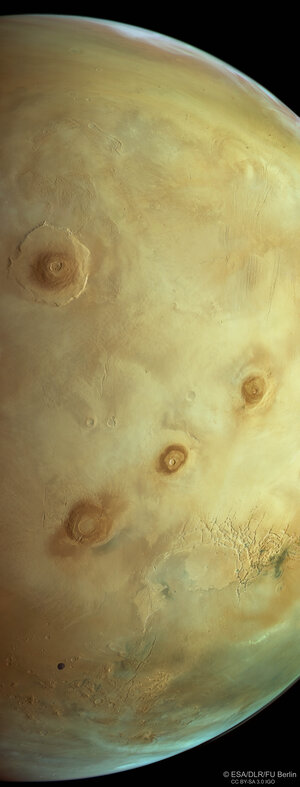
ESA’s Mars Express recently looped around Mars for the 25 000th time – and the orbiter has captured yet another spectacular view of the Red Planet to mark the occasion.
Navigation Training Course now open for application
Wednesday, 27 March 2024 08:01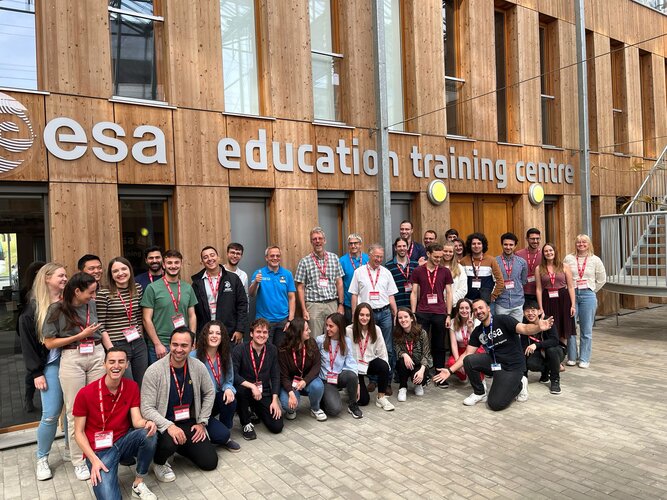
ESA Academy is calling on university students to apply for the Navigation Training Course to be held from 24 to 28 June 2024 at ESA Academy’s Training and Learning Facility in ESEC-Galaxia, Belgium. This Training Course is a collaboration between ESA Education and ESA’s Directorate of Navigation. Would you like to know more about the future of satellite navigation? Apply for our course today!
Vegetation gets a boost with data from space
Wednesday, 27 March 2024 07:40
When it comes to predicting what our climate will be like in the future, vegetation matters. Plants and trees exert a powerful influence over both the energy cycle and the water cycle. And, crucially, it is estimated that vegetation draws down well over three billion tonnes of carbon from the atmosphere each year – this is equivalent to a third of greenhouse-gas emissions from human activity.
Accounting for vegetation growth is clearly important in the complex climate puzzle – and the release of a new satellite dataset is set to help climate modellers with the



